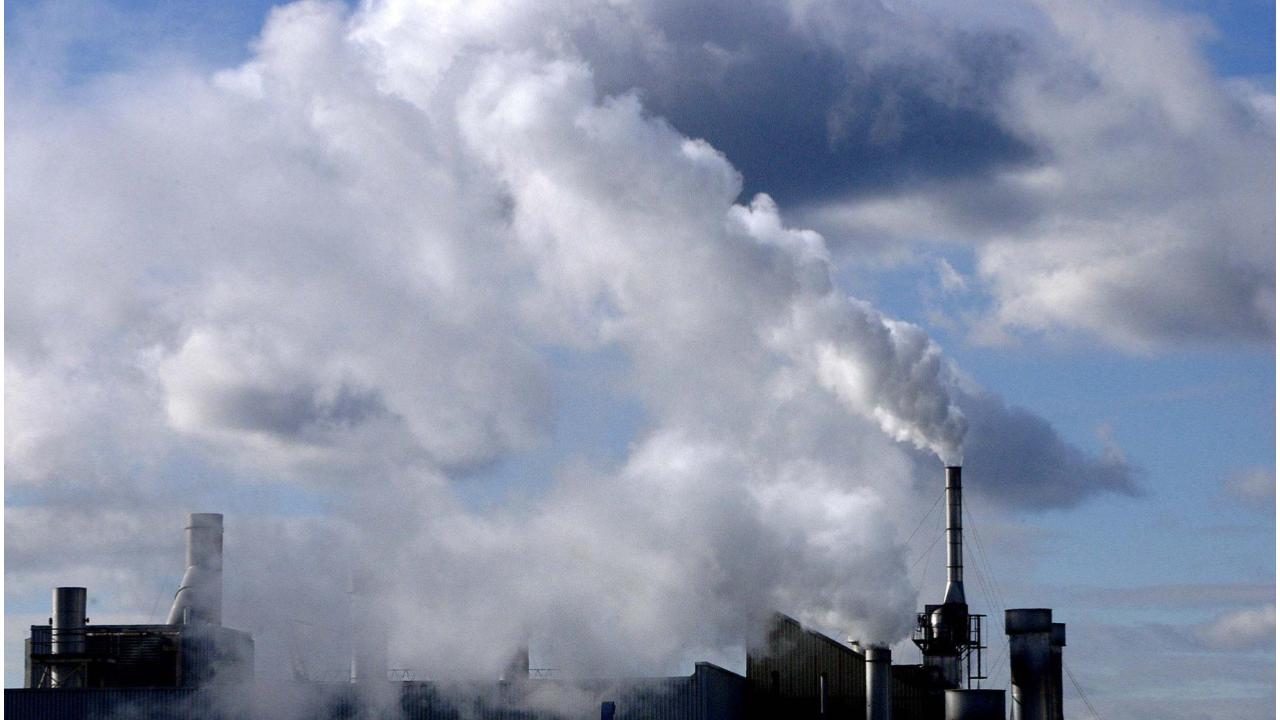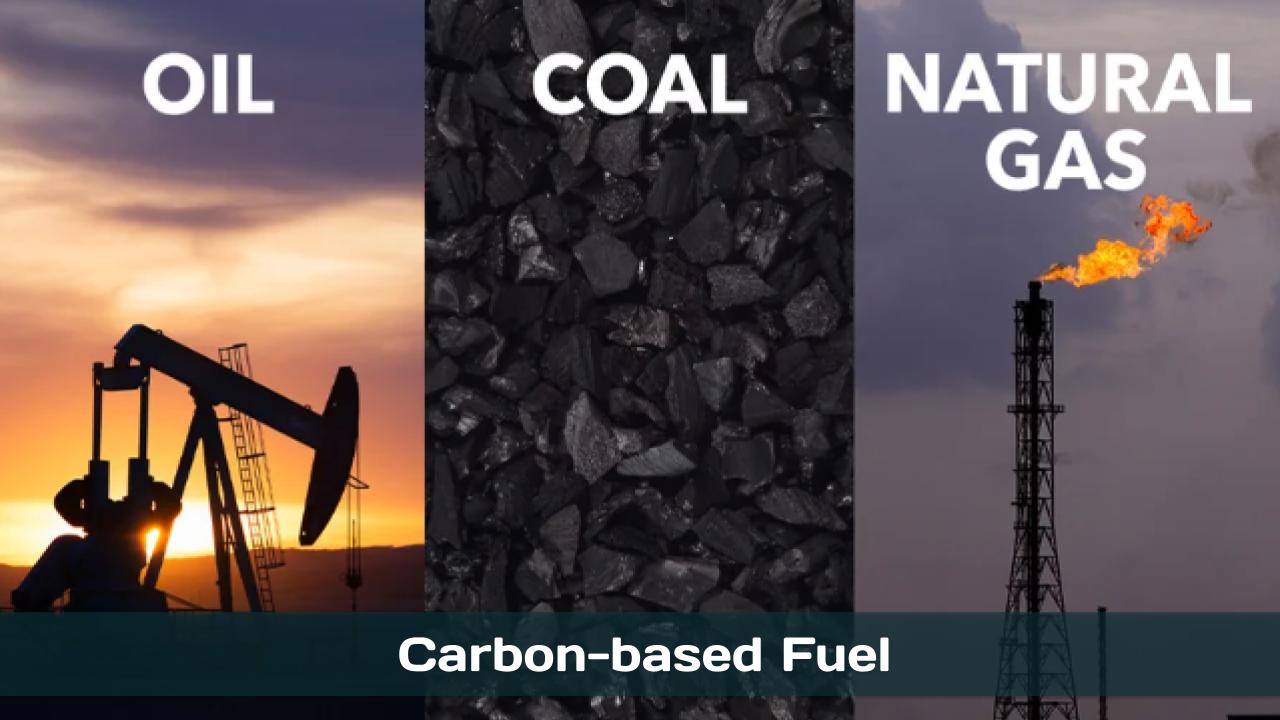Pollution is the contamination of the environment with harmful substances or energy, rendering it dirty and unhealthy. These contaminants, called pollutants, can be solids, liquids, gases, or even forms of energy like heat or noise. Pollution can affect air, water, and land, and can have serious consequences for human health, ecosystems, and the planet’s climate.
OnAir Post: Pollution




